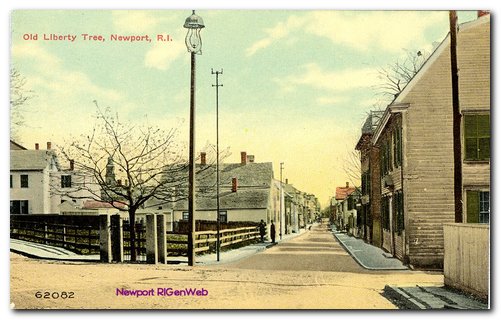tutorial, commentary, study resources, plot, and web links
Monday or Tuesday was written in October 1920 and first appeared in Monday or Tuesday (1921) – a collection of experimental short prose pieces Virginia Woolf had written between 1917 and 1921. It was published by the Hogarth Press and also included A Society, A Haunted House, An Unwritten Novel, The String Quartet, Blue and Green, and Solid Objects.
In the tutorial notes below, the full text of the story is followed by a synopsis (which is a form of interpretation) then by a detailed commentary on its component parts.

Virginia Woolf
Monday or Tuesday – critical commentary
A close reading
Lazy and indifferent
This captures the slow and unhurried flight of a heron, which will return in the last line of the story, giving structure to the narrative and bookending its fragments of the passage of a single day.
knowing his way
This is an echo of the snail in Kew Gardens which ‘appeared to have a definite goal’ and is contrasted with the irregular movements of the human beings in the story.
the sky covers and uncovers
It is worth noting that the story begins and ends in the sky, dipping down into city life during its central portion.
A lake?
It is not clear who is posing this question, or where the consciousness of events is located. Unlike most stories, there is no attempt to establish either an omniscient third person narrator or a named fictional character from whose point of view events will be revealed.
This was one of a number of stories Woolf wrote around this time which feature a static and disembodied consciousness reflecting (The Mark on the Wall, The Fascination of the Pool) on ideas, observations, and evens in a quasi-philosophic manner.
A mountain?
The imaginative consciousness is constructing pictures from cloudscapes – in the same way that people often do when staring into fires – something which occurs later in the story.
Down that falls
This is ambiguous. It could mean ‘that particulr picture collapses’ (because of the cloud movements) or it could mean ‘the clouds look like down (small feathers) that is falling’.
Ferns then, or white feathers
These are alternative shapes and images caused by the appearance of the clouds.
for ever and ever —
Each of the first five paragraphs of the story ends with either a question or a sense of ongoingness which suggest a creative consciousness at work, dwelling upon the fragments of sense-impression which make up the nature of everyday life.
Virginia Woolf was very partial to the use of the dash, particularly in her diaries and letters. Here she incorporates it into imaginative and experimental prose as a note of discontinuity.
Desiring truth
There is further radical punctuation and very complex syntax in what follows. Almost the entire paragraph is technically one long sentence, but it has two long parentheses within it, one of which itself contains separate sentences.
In terms of content the paragraph combines further conscious speculations (‘Desiring truth’) the activity of writing (‘distilling a few words’) and sense impressions (‘a cry starts to the left’).
the clock asseverates with twelve distinct strokes that it is midday
If it is midday in the middle of the story and night at the end, it is reasonable to assume that the story began in the morning and therefore encompasses the time span of a single day.
A small interesting point here is that Woolf used exactly the same phrase in another story – Sympathy – which was probably written the previous year. It is not clear if this was conscious or unconscious self-plagiarism.
Radiating to a point
The location of events switches to men and women in conversation indoors.
gold encrusted
This is the third occurrence of ‘gold’ in the story (‘the sun gold, ‘light sheds gold scales’). Like her use of repeated primary colours in Kew Gardens this is a form of poetic repetition Woolf used to infuse something of the prose poem into her own brand of literary modernism. She used the same device in her novel Jacob’s Room which she was writing at the same time.
The commonwealth of the future
In reaction to the horrors of the first world war, Woolf’s husband Leonard had laid the political foundations for the formation of the League of Nations, which was eventually to become the United Nations Organisation. Political discussions were part of their everyday life.
whilst outside
The setting appears to have changed to a distinctly urban location, with mention of vans, clerks (‘Miss Thingummy’) and upper-class shops.
Flaunted, leaf-light
This string of present and past participles lacks a definite and expressed grammatical subject, but suggests the pieces, the movement, and the arbitrary nature of life, for which some sort of understanding (‘and truth?’) is still being sought.
Now to recollect
The person whose consciousness were are being invited to follow is now reading by the fireside. The words in the book ‘rise’ from the ‘ivory’ coloured pages and make their effect in the reader’s mind.
The reader however stops reading and gazes instead into the fire, imagining exotic scenes (‘minarets’ and ‘Indian seas’) whilst outside the stars have appeared.
The search for some sort of understanding goes on – but now at the end of the day there is a temptation to relinquish the search and accept the domestic comfort of the fireside (‘content with closeness?)
Finally the heron flies back across the sky and the stars signify the onset of night.
Monday or Tuesday – study resources
![]() The Complete Shorter Fiction – Vintage Classics – Amazon UK
The Complete Shorter Fiction – Vintage Classics – Amazon UK
![]() The Complete Shorter Fiction – Vintage Classics – Amazon US
The Complete Shorter Fiction – Vintage Classics – Amazon US
![]() The Complete Shorter Fiction – Harcourt edition – Amazon UK
The Complete Shorter Fiction – Harcourt edition – Amazon UK
![]() The Complete Shorter Fiction – Harcourt edition – Amazon US
The Complete Shorter Fiction – Harcourt edition – Amazon US
![]() Monday or Tuesday and Other Stories – Gutenberg.org
Monday or Tuesday and Other Stories – Gutenberg.org
![]() Kew Gardens and Other Stories – Hogarth reprint – Amazon UK
Kew Gardens and Other Stories – Hogarth reprint – Amazon UK
![]() Kew Gardens and Other Stories – Hogarth reprint – Amazon US
Kew Gardens and Other Stories – Hogarth reprint – Amazon US
![]() The Mark on the Wall – Oxford World Classics edition – Amazon UK
The Mark on the Wall – Oxford World Classics edition – Amazon UK
![]() The Mark on the Wall – Oxford World Classics edition – Amazon US
The Mark on the Wall – Oxford World Classics edition – Amazon US
![]() The Complete Works of Virginia Woolf – Kindle edition
The Complete Works of Virginia Woolf – Kindle edition
![]() The Cambridge Companion to Virginia Woolf – Amazon UK
The Cambridge Companion to Virginia Woolf – Amazon UK
![]() Virginia Woolf – Authors in Context – Amazon UK
Virginia Woolf – Authors in Context – Amazon UK
![]() The Cambridge Introduction to Virginia Woolf – Amazon UK
The Cambridge Introduction to Virginia Woolf – Amazon UK
Monday or Tuesday – the full text
Lazy and indifferent, shaking space easily from his wings, knowing his way, the heron passes over the church beneath the sky. White and distant, absorbed in itself, endlessly the sky covers and uncovers, moves and remains. A lake? Blot the shores of it out! A mountain? Oh perfect — the sun gold on its slopes. Down that falls. Ferns then, or white feathers, for ever and ever. —
Desiring truth, awaiting it, laboriously distilling a few words, for ever desiring — (a cry starts to the left, another to the right, Wheels strike divergently. Omnibuses conglomerate in conflict) — for ever desiring — (the clock asseverates with twelve distinct strokes that it is midday; light sheds gold scales; children swarm) – for ever desiring truth. Red is the dome; coins hang on the trees; smoke trails from the chimneys; bark, shout cry ‘Iron for sale’ — and truth?
Radiating to a point men’s feet and women’s feet, black or gold encrusted &mdash (This foggy weather — Sugar? No, thank you — The commonwealth of the future) — the firelight darting and making the room red, save for the black figures and their bright eyes, whilst outside a van discharges, Miss Thingummy drinks tea at her desk, and plate glass preserves fur coats —
Flaunted, leaf-light, drifting at corners, blown across the wheels, silver-splashed, home or not home, gathered, scattered, squandered in separate scales, swept up, down, torn, sunk, assembled — and truth?
Now to recollect by the fireside on the white square of marble. From ivory depths, words rising shed their blackness, blossom and penetrate. Fallen the book; in the flame, in the smoke, in the momentary sparks — or now voyaging, the marble square pendant, minarets beneath and the Indian seas, while space rushes blue and stars glint — truth? or now, content with closeness?
Lazy and indifferent, the heron returns; the sky veils her stars; then bares them.
 Studying Fiction is an introduction to the basic concepts and the language you will need for studying prose fiction. It explains the elements of literary analysis one at a time, then shows you how to apply them. The guidance starts off with simple issues of language, then progresses to more complex literary criticism.The volume contains stories by Arthur Conan Doyle, Katherine Mansfield, Thomas Hardy, Joseph Conrad, D.H. Lawrence, and Charles Dickens. All of them are excellent tales in their own right. The guidance on this site was written by the same author.
Studying Fiction is an introduction to the basic concepts and the language you will need for studying prose fiction. It explains the elements of literary analysis one at a time, then shows you how to apply them. The guidance starts off with simple issues of language, then progresses to more complex literary criticism.The volume contains stories by Arthur Conan Doyle, Katherine Mansfield, Thomas Hardy, Joseph Conrad, D.H. Lawrence, and Charles Dickens. All of them are excellent tales in their own right. The guidance on this site was written by the same author.
Buy the book from Amazon UK
Buy the book from Amazon US
Monday or Tuesday – story synopsis
An unidentified ‘consciousness reflects on fragments of life during an average day. They begin with a bird flying across the sky and musings on the shapes of clouds.
The consciousness then reflects on its own search for meaning, whilst registering sounds and images of daily life and the passage of time.
An interlude later in the same day records snapshots and snippets of social life in an urban setting.
Finally, the story records what we take to be the same person reading by the fireside, and musing on pictures in the fire.
The story closes with the return of the bird and the onset of night.
Monday or Tuesday – first edition
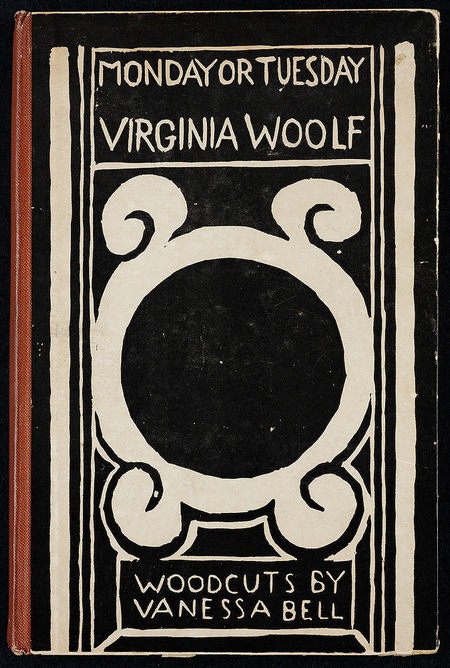
Cover design by Vanessa Bell
Further reading
![]() Quentin Bell. Virginia Woolf: A Biography. New York: Harcourt Brace Jovanovich, 1972.
Quentin Bell. Virginia Woolf: A Biography. New York: Harcourt Brace Jovanovich, 1972.
![]() Hermione Lee. Virginia Woolf. New York: Alfred A. Knopf, 1997.
Hermione Lee. Virginia Woolf. New York: Alfred A. Knopf, 1997.
![]() Nicholas Marsh. Virginia Woolf, the Novels. New York: St. Martin’s Press, 1998.
Nicholas Marsh. Virginia Woolf, the Novels. New York: St. Martin’s Press, 1998.
![]() John Mepham, Virginia Woolf. New York: St. Martin’s Press, 1992.
John Mepham, Virginia Woolf. New York: St. Martin’s Press, 1992.
![]() Natalya Reinhold, ed. Woolf Across Cultures. New York: Pace University Press, 2004.
Natalya Reinhold, ed. Woolf Across Cultures. New York: Pace University Press, 2004.
![]() Michael Rosenthal, Virginia Woolf: A Critical Study. New York: Columbia University Press, 1979.
Michael Rosenthal, Virginia Woolf: A Critical Study. New York: Columbia University Press, 1979.
![]() Susan Sellers, The Cambridge Companion to Virginia Woolf, Cambridge University Press, 2010.
Susan Sellers, The Cambridge Companion to Virginia Woolf, Cambridge University Press, 2010.
![]() Virginia Woolf, The Common Reader. New York: Harvest Books, 2002.
Virginia Woolf, The Common Reader. New York: Harvest Books, 2002.
![]() Alex Zwerdling, Virginia Woolf and the Real World. Berkeley: University of California Press, 1986.
Alex Zwerdling, Virginia Woolf and the Real World. Berkeley: University of California Press, 1986.
Other works by Virginia Woolf
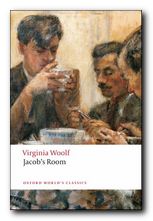 Jacob’s Room (1922) was Woolf’s first and most dramatic break with traditional narrative fiction. It was also the first of her novels she published herself, as co-founder of the Hogarth Press. This gave her for the first time the freedom to write exactly as she wished. The story is a thinly disguised portrait of her brother Thoby – as he is perceived by others, and in his dealings with two young women. The novel does not have a conventional plot, and the point of view shifts constantly and without any signals or transitions from one character to another. Woolf was creating a form of story telling in which several things are discussed at the same time, creating an impression of simultaneity, and a flow of continuity in life which was one of her most important contributions to literary modernism.
Jacob’s Room (1922) was Woolf’s first and most dramatic break with traditional narrative fiction. It was also the first of her novels she published herself, as co-founder of the Hogarth Press. This gave her for the first time the freedom to write exactly as she wished. The story is a thinly disguised portrait of her brother Thoby – as he is perceived by others, and in his dealings with two young women. The novel does not have a conventional plot, and the point of view shifts constantly and without any signals or transitions from one character to another. Woolf was creating a form of story telling in which several things are discussed at the same time, creating an impression of simultaneity, and a flow of continuity in life which was one of her most important contributions to literary modernism.
![]() Buy the book at Amazon UK
Buy the book at Amazon UK
![]() Buy the book at Amazon US
Buy the book at Amazon US
 Kew Gardens is a collection of experimental short stories in which Woolf tested out ideas and techniques which she then later incorporated into her novels. After Chekhov, they represent the most important development in the modern short story as a literary form. Incident and narrative are replaced by evocations of mood, poetic imagery, philosophic reflection, and subtleties of composition and structure. The shortest piece, ‘Monday or Tuesday’, is a one-page wonder of compression. This collection is a cornerstone of literary modernism. No other writer – with the possible exception of Nadine Gordimer, has taken the short story as a literary genre as far as this.
Kew Gardens is a collection of experimental short stories in which Woolf tested out ideas and techniques which she then later incorporated into her novels. After Chekhov, they represent the most important development in the modern short story as a literary form. Incident and narrative are replaced by evocations of mood, poetic imagery, philosophic reflection, and subtleties of composition and structure. The shortest piece, ‘Monday or Tuesday’, is a one-page wonder of compression. This collection is a cornerstone of literary modernism. No other writer – with the possible exception of Nadine Gordimer, has taken the short story as a literary genre as far as this.
![]() Buy the book at Amazon UK
Buy the book at Amazon UK
![]() Buy the book at Amazon US
Buy the book at Amazon US
 Virginia Woolf is a readable and well illustrated biography by John Lehmann, who at one point worked as her assistant and business partner at the Hogarth Press. It is described by the blurb as ‘A critical biography of Virginia Woolf containing illustrations that are a record of the Bloomsbury Group and the literary and artistic world that surrounded a writer who is immensely popular today’. This is an attractive and very accessible introduction to the subject which has been very popular with readers ever since it was first published..
Virginia Woolf is a readable and well illustrated biography by John Lehmann, who at one point worked as her assistant and business partner at the Hogarth Press. It is described by the blurb as ‘A critical biography of Virginia Woolf containing illustrations that are a record of the Bloomsbury Group and the literary and artistic world that surrounded a writer who is immensely popular today’. This is an attractive and very accessible introduction to the subject which has been very popular with readers ever since it was first published..
![]() Buy the book at Amazon UK
Buy the book at Amazon UK
![]() Buy the book at Amazon US
Buy the book at Amazon US
Virginia Woolf – web links
![]() Virginia Woolf at Mantex
Virginia Woolf at Mantex
Biographical notes, study guides to the major works, book reviews, studies of the short stories, bibliographies, web links, study resources.
![]() Blogging Woolf
Blogging Woolf
Book reviews, Bloomsbury related issues, links, study resources, news of conferences, exhibitions, and events, regularly updated.
![]() Virginia Woolf at Wikipedia
Virginia Woolf at Wikipedia
Full biography, social background, interpretation of her work, fiction and non-fiction publications, photograph albumns, list of biographies, and external web links
![]() Virginia Woolf at Gutenberg
Virginia Woolf at Gutenberg
Selected eTexts of her novels and stories in a variety of digital formats.
![]() Woolf Online
Woolf Online
An electronic edition and commentary on To the Lighthouse with notes on its composition, revisions, and printing – plus relevant extracts from the diaries, essays, and letters.
![]() Hyper-Concordance to Virginia Woolf
Hyper-Concordance to Virginia Woolf
Search texts of all the major novels and essays, word by word – locate quotations, references, and individual terms
![]() Orlando – Sally Potter’s film archive
Orlando – Sally Potter’s film archive
The text and film script, production notes, casting, locations, set designs, publicity photos, video clips, costume designs, and interviews.
![]() Women’s History Walk in Bloomsbury
Women’s History Walk in Bloomsbury
Tour of literary and political homes in Bloomsbury – including Gordon Square, Gower Street, Bedford Square, Tavistock Square, plus links to women’s history web sites.
![]() Virginia Woolf Society of Great Britain
Virginia Woolf Society of Great Britain
Bulletins of events, annual lectures, society publications, and extensive links to Woolf and Bloomsbury related web sites
![]() BBC Audio Essay – A Eulogy to Words
BBC Audio Essay – A Eulogy to Words
Charming sound recording of radio talk given by Virginia Woolf in 1937 – a podcast accompanied by a slideshow of photographs.
![]() A Family Photograph Albumn
A Family Photograph Albumn
Leslie Stephen compiled a photograph album and wrote an epistolary memoir, known as the “Mausoleum Book,” to mourn the death of his wife, Julia, in 1895 – an archive at Smith College – Massachusetts
![]() Virginia Woolf first editions
Virginia Woolf first editions
Hogarth Press book jacket covers of the first editions of Woolf’s novels, essays, and stories – largely designed by her sister, Vanessa Bell.
![]() Virginia Woolf – on video
Virginia Woolf – on video
Biographical studies and documentary videos with comments on Virginia Woolf and the Bloomsbury Group and the social background of their times.
![]() Virginia Woolf Miscellany
Virginia Woolf Miscellany
An archive of academic journal essays 2003—2014, featuring news items, book reviews, and full length studies.
© Roy Johnson 2013
More on Virginia Woolf
Virginia Woolf – short stories
Virginia Woolf – greatest works
Virginia Woolf – criticism
Virginia Woolf – life and works

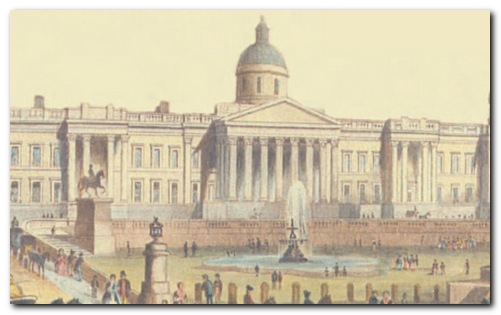


 The Bostonians
The Bostonians What Masie Knew
What Masie Knew The Ambassadors
The Ambassadors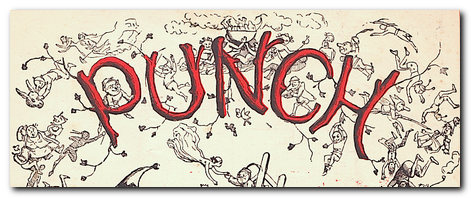

 The Aspern Papers
The Aspern Papers The Spoils of Poynton
The Spoils of Poynton Daisy Miller
Daisy Miller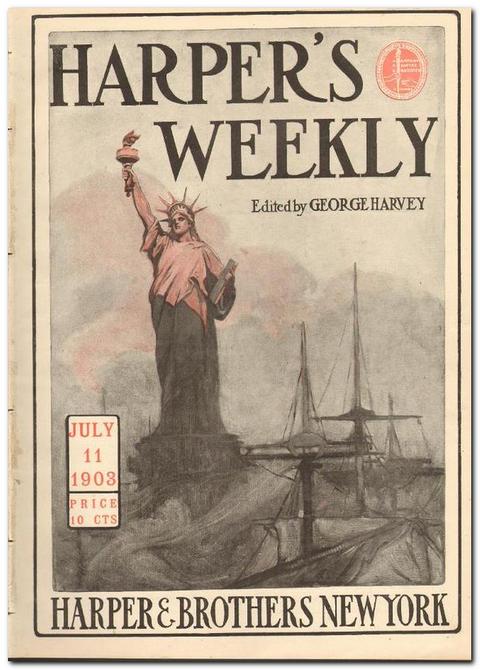
 Washington Square
Washington Square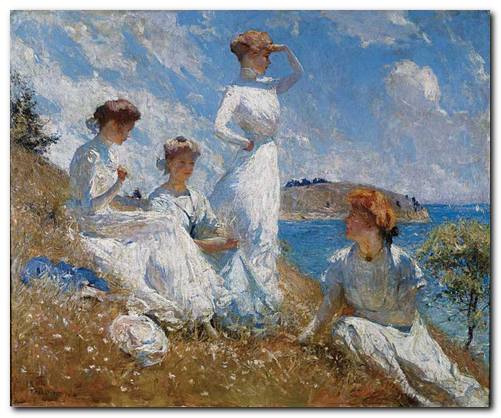
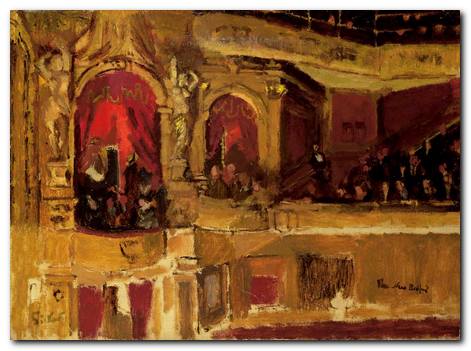
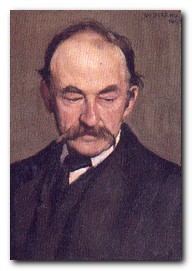
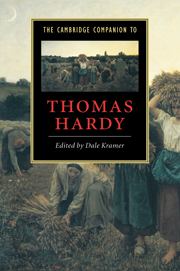
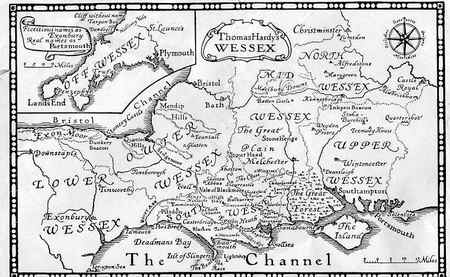
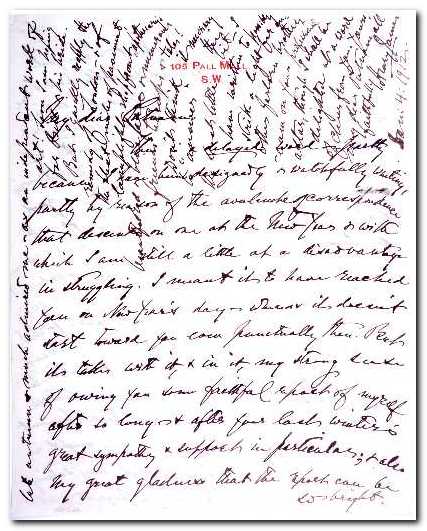
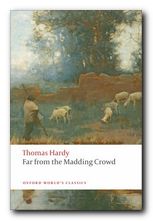 Far from the Madding Crowd
Far from the Madding Crowd The Return of the Native
The Return of the Native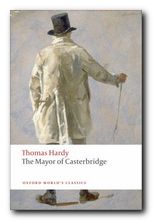 The Mayor of Casterbridge
The Mayor of Casterbridge